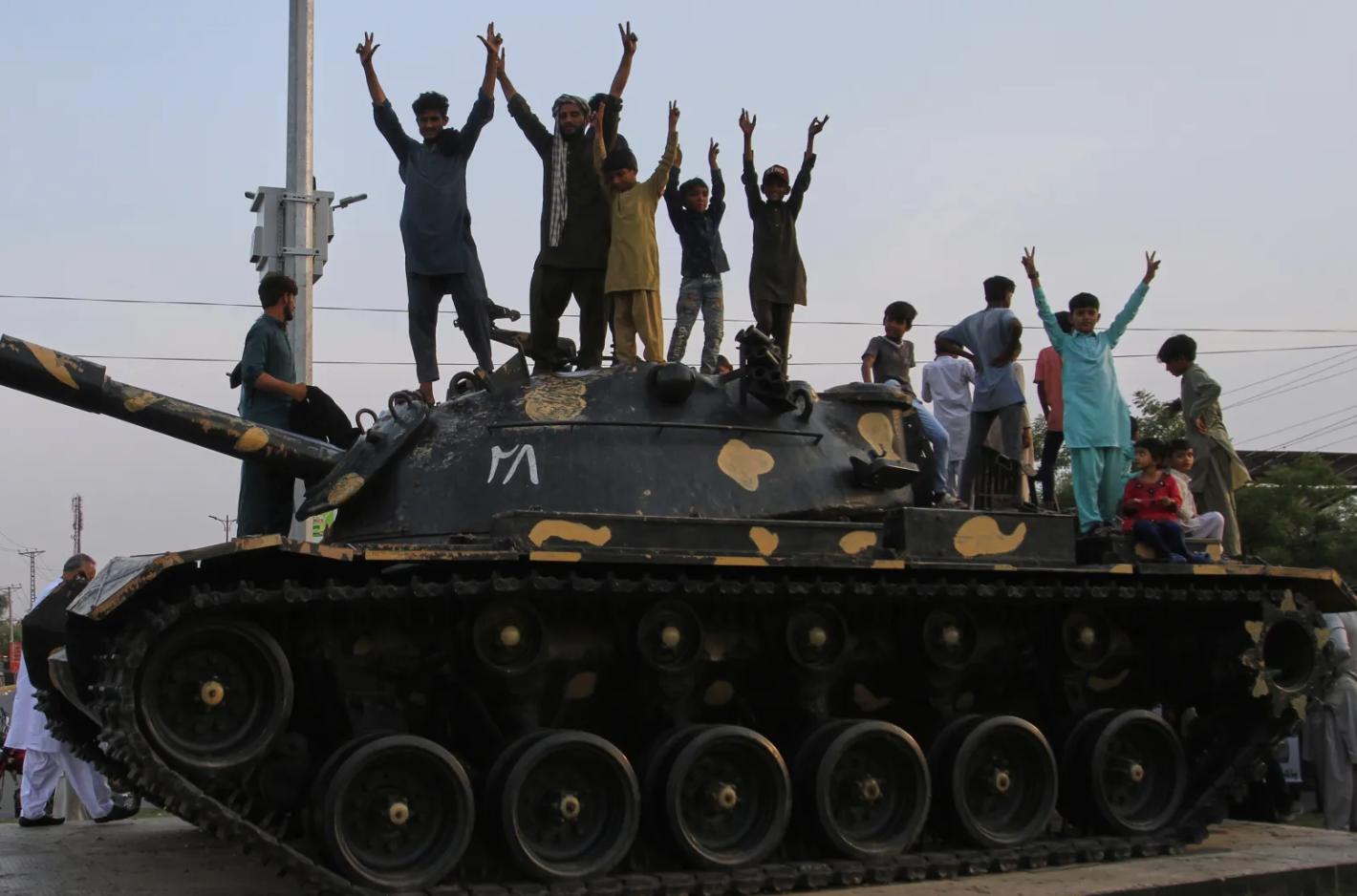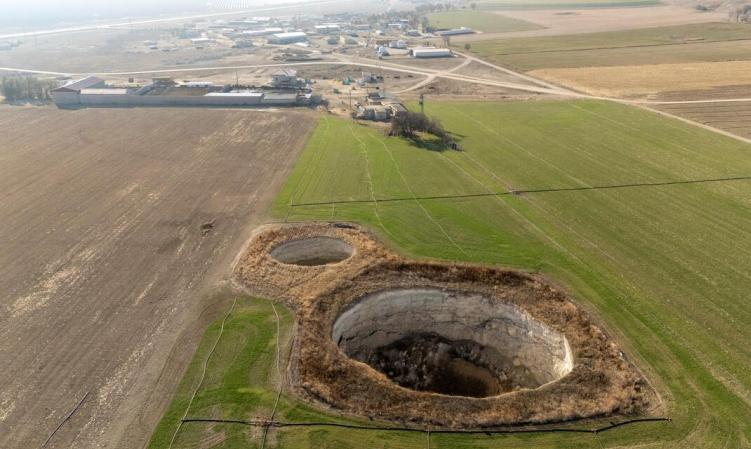
Against the backdrop of global multi-front pressure, the Trump administration is working to stabilize the ceasefire in Ukraine, end the fighting in Gaza, and seek a comprehensive trade agreement with China. Therefore, at this critical moment, the military confrontation between the two nuclear powers in South Asia is undoubtedly the situation that the United States is most reluctant to face.
Recently, India and Pakistan have erupted in the most serious conflict in recent years. Since the partition in the 1940s, the two sides have clashed many times over territorial disputes, and the Kashmir issue has always been the core of the tension between the two countries. This round of tensions began on April 22, when India accused a Pakistan-based terrorist group of killing 26 tourists in Indian-controlled Kashmir, causing the situation to escalate rapidly. Indian Prime Minister Modi has taken tougher measures than before. He not only downgraded diplomatic relations with Pakistan, but also blocked the border, expelled Pakistani diplomats, and even suspended the long-standing India-Pakistan water sharing agreement. For Pakistan, which is heavily dependent on water resources, this move is even worse.
However, what is more worrying is India's military response. On May 7, India fired missiles at targets in Pakistan, claiming to have struck terrorist strongholds. Pakistan not only shot down several Indian fighter jets, but also launched a counterattack. This time, the two sides are no longer limited to border exchanges of fire, and even attacked each other's air bases - this escalation exceeds the level of the 2019 conflict and makes the situation extremely dangerous.
At the same time, facing the risk of a full-scale war, the United States showed obvious uneasiness. Vice President J.D. Vance, who initially took a wait-and-see attitude, finally spoke with Modi and encouraged India to communicate directly with Pakistan; Secretary of State Marco Rubio also intervened to mediate. The US intervention is reminiscent of the Clinton administration's forced Pakistan to withdraw its troops in the Kargil conflict in 1999. Under the active mediation of the United States, the situation finally eased. Pakistan reopened its airspace, India also reopened several closed airports, and the artillery fire between the warring parties on the Line of Actual Control stopped.
Data shows that this round of conflict has caused dozens of casualties. The temporary calm reflects the motivation of both sides to ease the situation: India does not want trade negotiations to be hindered by the war, while Pakistan cannot bear the economic drag of a long-term conflict. The Trump administration immediately attributed the success of the ceasefire to its own diplomatic efforts. Although India insists that the agreement was reached through bilateral channels between India and Pakistan, it is generally believed that the mediation of the United States played a decisive role. This crisis management is regarded by Trump as an important diplomatic achievement during his tenure, especially in the context of few other diplomatic achievements. However, it is worth noting that this diplomatic victory does not mean a fundamental solution to the problem. Although the short-term ceasefire is gratifying, if the core of the India-Pakistan disagreement, the Kashmir issue, is not touched, this peace is likely to be short-lived. At present, the only dialogue is the technical consultation between the two armies to implement the ceasefire agreement, and no deeper political dialogue has been launched. Rubio has said that the two sides will hold formal talks somewhere in the future, but India has not confirmed it so far. Without a substantive negotiation mechanism, the current ceasefire is just a temporary "silence" and it is difficult to transform into a sustainable path to peace. Finally, the Kashmir issue must be at the core of any peace plan. This region, which has long been in a state of high military alert, has always been the root cause of the conflict between India and Pakistan. With Indian nationalism on the rise and the Pakistani military dominating the political situation, there is almost no political space for the two sides to reach a compromise.
In summary, it is as difficult for the two countries to reach a consensus on the sovereignty of Kashmir as to perform a tooth extraction without anesthesia. Although painful, further delay will only make the situation more complicated and dangerous. Any hope for lasting peace must be based on facing and solving fundamental problems.

Due to the continuous decrease in rainfall and the rapid drop in groundwater levels, several large sinkholes have successively appeared in several agricultural areas in central Turkey in recent years, causing great concern among local farmers and environmental experts.
Due to the continuous decrease in rainfall and the rapid dr…
The Prime Minister's Office of Israel said Hamas attacked I…
Fourteen countries including the United Kingdom, France and…
The US Department of Justice said on Wednesday (December 24…
The Japanese government has submitted a draft, planning to …
On December 25th local time, NVIDIA announced a technology …